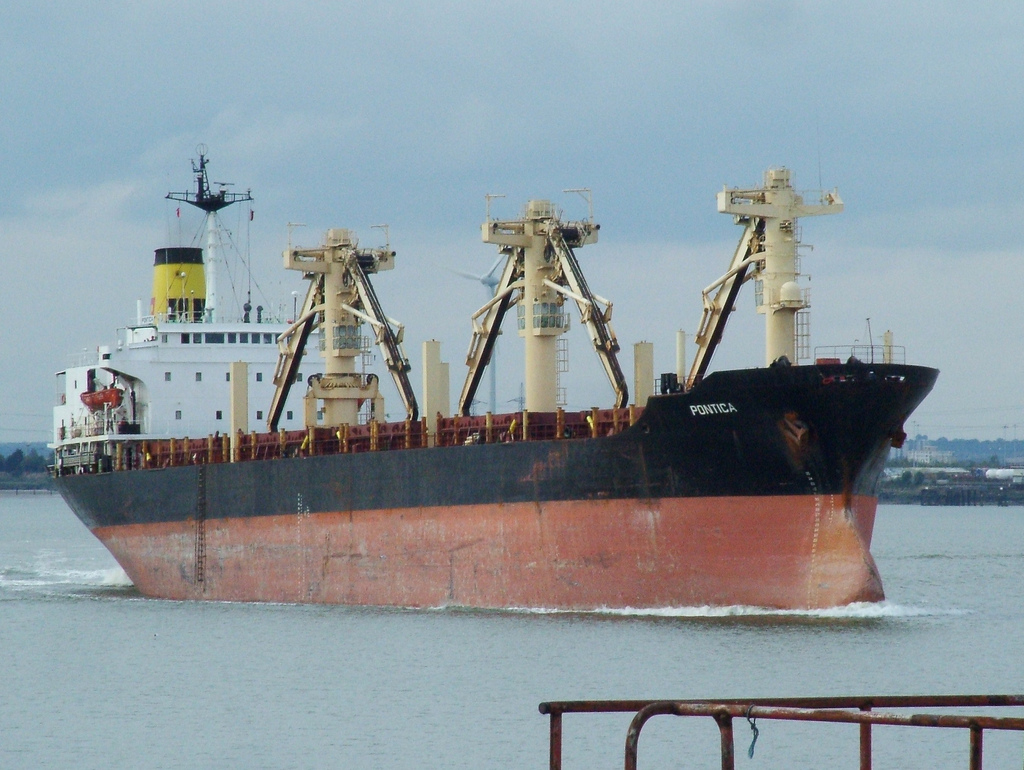The Peninsula
South Korea's Trade Balance Becoming More Extreme
Published March 11, 2013
Category: South Korea

This week’s Highlighted Trend features the visualization of a dramatic trend occurring in South Korea’s balance of trade with its partners over the last thirty years.
KITA data reveals that over time, South Korea is undergoing an increasing level of trade polarization (i.e. greater degrees of trade imbalances) vis- à-vis its trading partners. China and Japan are the most extreme examples of this phenomenon with significantly more goods being exported to China than is imported, and vice versa for Japan.
A deeper look reveals the same trend (though less dramatic) with traditionally smaller trading partners beginning in the early 1990s, which gradually increases into the 2000s. Also, notice the impact of economic crises on South Korea’s trade balances in 1998 and 2008 and their subsequent effects. As KEI analyst Troy Stangarone points out, crises may serve to amplify and accelerate certain trade trends given the sudden and dramatic devaluations of the Won that occur as a result of the crises. Finally, this graph also highlights the one-sidedness of South Korea’s trade with the Middle East whose exports to Korea are uniformly non-renewable natural resources, namely petroleum and natural gas products.
With respect to the balance of trade, South Korea increasingly imports far more of these resources from its Middle Eastern partners than it exports, particular from Saudi Arabia, Qatar, and Kuwait. (For a deeper analysis of South Korea’s trade with the Middle East, see this report by Alon Levkowitz: The ROK and the Middle East: Economics, Diplomacy, and Security)
Photo from kenjonbro’s photostream on flickr Creatiive Commons.
